Nyanza Province
Geography
Nyanza Province is one of the eight administrative provinces in Kenya before the introduction of the devolved county governments in 2013. It is located in the southwestern part of the country, bordering Lake Victoria to the west, which is the world's second-largest freshwater lake and an important resource for the province's economy and lifestyle.
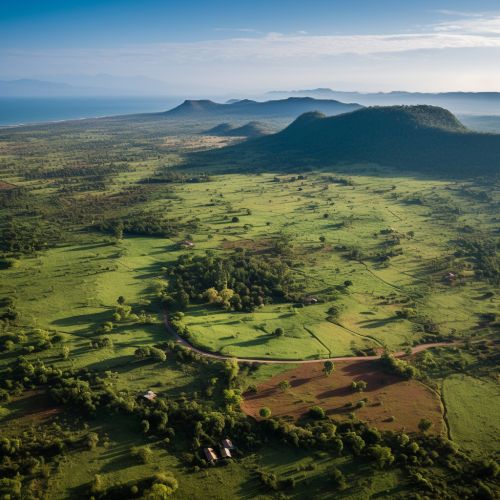
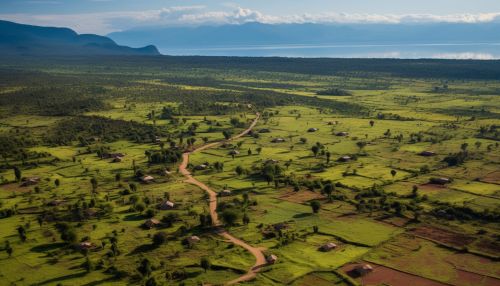
The province covers an area of approximately 12,477 square kilometers. It is characterized by a diverse landscape, including the lake's shoreline, numerous islands, wetlands, hills, and plateaus. The region's climate is predominantly tropical, with rainfall patterns influenced by Lake Victoria and the region's altitude.
Demographics
Nyanza Province has a population of approximately 5.4 million people, according to the 2009 census. The province is predominantly inhabited by the Luo, who make up one of the largest ethnic groups in Kenya. Other ethnic groups present in the province include the Suba, Kuria, and Gusii.
The province's population density varies, with the highest concentrations found along the Lake Victoria shoreline and in the major urban centers. The province's capital and largest city is Kisumu, which is also the third-largest city in Kenya.
Economy
The economy of Nyanza Province is diverse and largely based on agriculture, fishing, and small-scale industries. The fertile soils and favorable climate support the cultivation of a variety of crops, including maize, sugarcane, rice, and various fruits and vegetables.
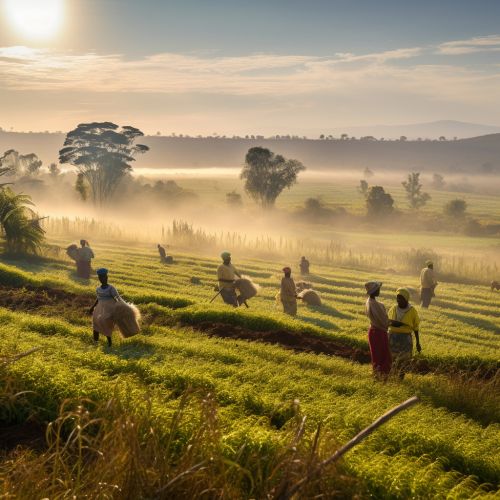

Fishing in Lake Victoria is another significant economic activity, with the lake providing a livelihood for thousands of people in the province. The lake is rich in fish species, notably the Nile perch and tilapia, which are both important for local consumption and export.
Small-scale industries in the province include agro-processing, textile production, and craftwork. Kisumu city is a significant commercial and transportation hub, serving as a gateway to other parts of Kenya and neighboring countries like Uganda and Tanzania.
Culture
The culture of Nyanza Province is rich and diverse, shaped primarily by the Luo people. The Luo are known for their vibrant oral traditions, including storytelling, riddles, and proverbs. Music and dance are also integral parts of Luo culture, with traditional dances like dhola and ohangla being popular.
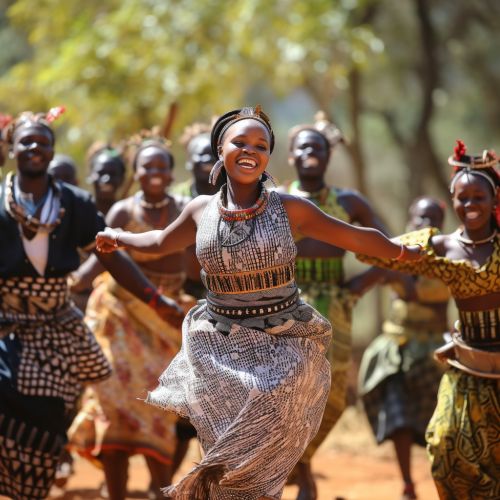
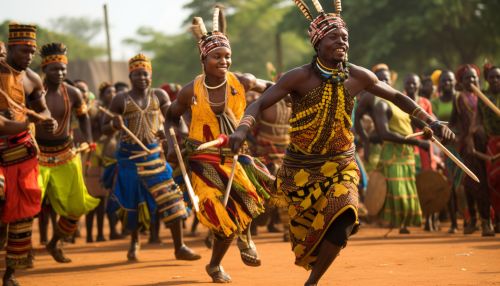
The province is also home to several cultural and historical sites. These include the Kit Mikayi, a large rock formation that holds spiritual significance for the Luo, and the Tom Mboya Mausoleum, which commemorates one of Kenya's prominent political figures.
Education
Nyanza Province has a well-established education system, with numerous public and private schools, colleges, and universities. The province's literacy rate is among the highest in Kenya, reflecting the importance placed on education by the local communities.


The province is home to several institutions of higher learning, including the Maseno University and the Kisumu Polytechnic. These institutions offer a range of academic and vocational programs, contributing to the province's skilled workforce.
Health
Healthcare in Nyanza Province is provided by a network of public and private health facilities. These range from dispensaries and health centers in rural areas to hospitals in the urban centers. Despite these facilities, the province faces several health challenges, including high rates of HIV/AIDS and malaria.


Efforts are underway to improve healthcare in the province, with initiatives focusing on improving access to healthcare services, enhancing disease prevention, and strengthening health systems.
